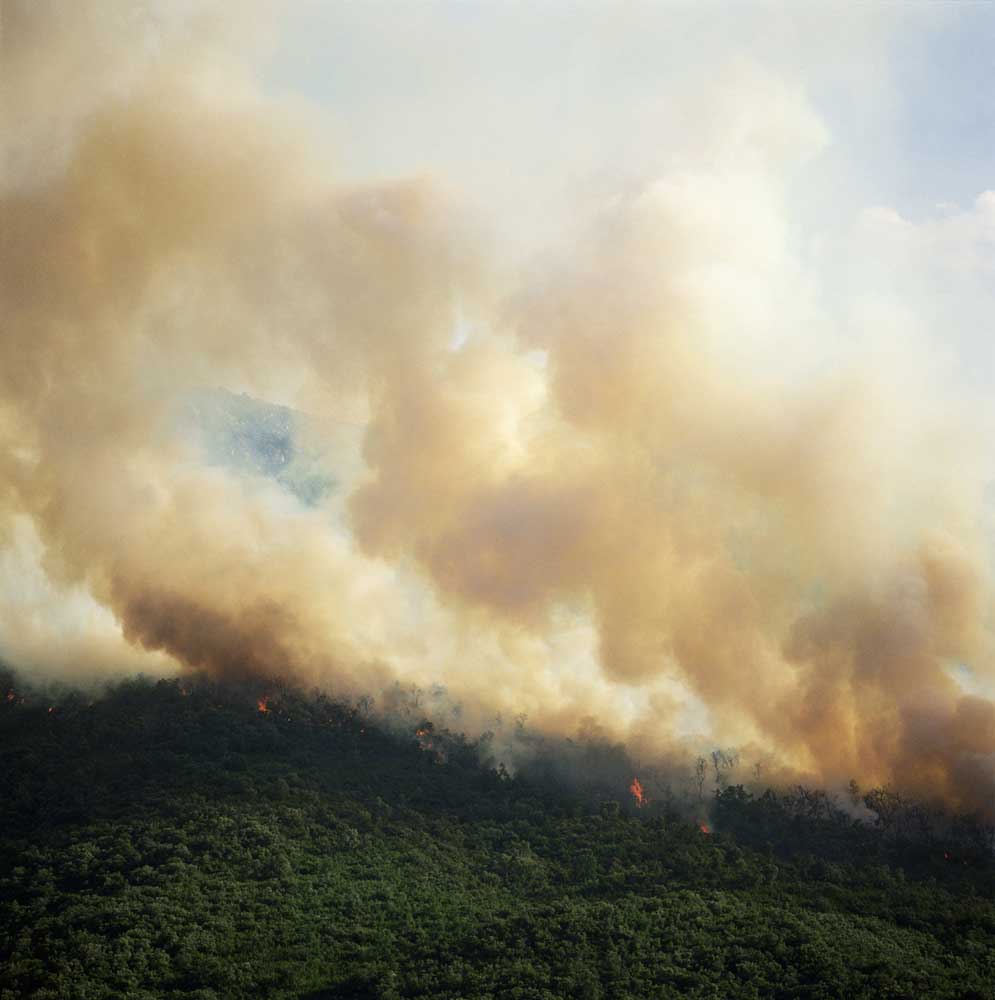Heavy smoke sent more asthma sufferers to St. Charles ER last summer
Published 6:55 am Friday, February 23, 2018

- Heavy smoke sent more asthma sufferers to St. Charles ER last summer
The summer of 2017 in Central Oregon will always be remembered for the heavy smoke that plagued the region, forcing people indoors and stifling the local tourist-based economy.
Data from St. Charles Health System suggests the smoke took a heavy toll on people with breathing problems as well.
The number of patients coming to St. Charles emergency rooms with an acute exacerbation of asthma doubled from 34 in the third quarter of 2016 to 67 in the same quarter of 2017. Asthma exacerbations were the 21st most common complaint last summer, while the same condition didn’t crack the top 50 in the summer of 2016.
Heavy smoke can be particularly rough on people with asthma, emphysema and chronic obstructive pulmonary disease. And local pulmonologists and allergists did report an influx of patients with breathing problems last summer.
According to the American Lung Association, wildfire smoke can contain many pollutants, including particle pollution, a mix of tiny solid and liquid particles suspended in the air. Some of the particles are less than 2.5 microns in diameter, less than a third of the thickness of a human hair. The particles are small enough that they can enter and lodge deep in the lungs.
Particle pollution can trigger heart attacks, strokes and asthma attacks. Studies conducted in California found that children who inhaled wildfire smoke had more coughing, wheezing, bronchitis and colds, and were more likely to visit the doctor or the hospital for respiratory issues.
The relationship between smoke and asthma exacerbations has been hard to study, in part because fires tend to occur in less populated areas, and any increase in the number of affected people may be too small to notice. Past studies have failed to find a link between fires and deaths due to respiratory problems. Even tracking emergency room visits are unlikely to provide statistically significant conclusions.
Dr. Sarah Henderson, a public health researcher at the University of British Columbia, recently collaborated with the British Columbia Center for Disease Control to drill down to a more local level. The researchers compared British Columbia forest fire data from 2013 with the number of rescue inhalers dispensed by pharmacists in 29 local health areas. Even a small increase in particulate matter under 2.5 microns was linked with a 6 percent increase in the number of inhaler prescriptions filled. On extreme fire days, those with the highest particulate matter counts, inhalers dispensed rose 7 percent.
Prescriptions tended to spike the day particulate matter counts went up, and remained high for four days, falling back down to normal levels by the fifth day.
Health officials say even when air looks clear there can be enough smoke to cause breathing problems. Current guidelines for individuals with asthma or other respiratory problems is to stay indoors during periods of heavy smoke, limit vigorous activity outdoors, and if you must go outside, to use your inhaler prior to leaving.
Most common face masks won’t filter out the smallest particulate matter, but masks labeled as N95 or N100 particulate filtering can block 95 to nearly 100 of very small particles. •







